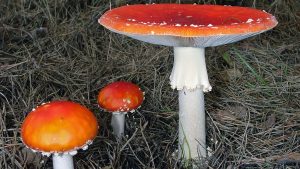#192: Coprinellus micaceus, The Mica Cap
Coprinellus micaceus, commonly known as “The Mica Cap” or “The Glistening Inkcap” is one of the rare inky caps (FFF#177) that is easy to identify. These medium-sized mushrooms appear in dense clusters on dead wood and feature brown caps coated with a distinctive dusting of salt-like or mica-like granules (hence the scientific and common names). Mica Caps are beautiful when young, since the shiny granules make it look like fairy dust was lightly sprinkled over the mushrooms. The unique combination of size, habitat, and fairy dust makes C. micaceus instantly recognizable.

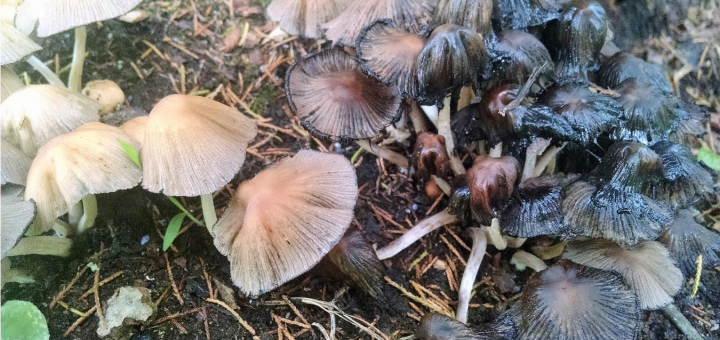
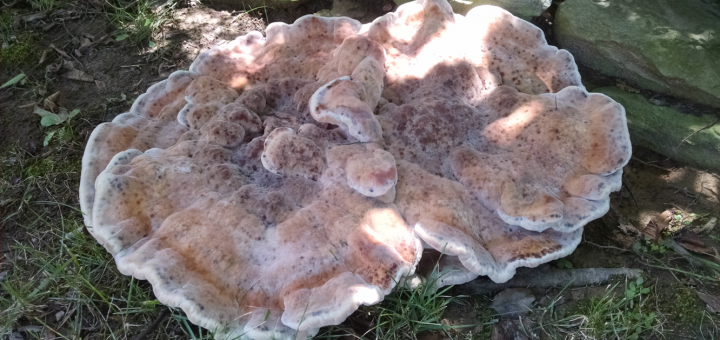
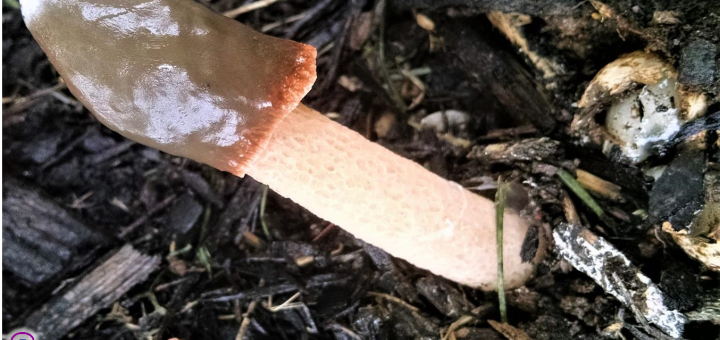
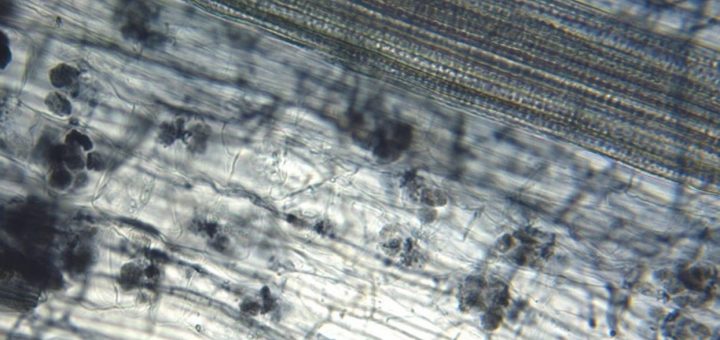
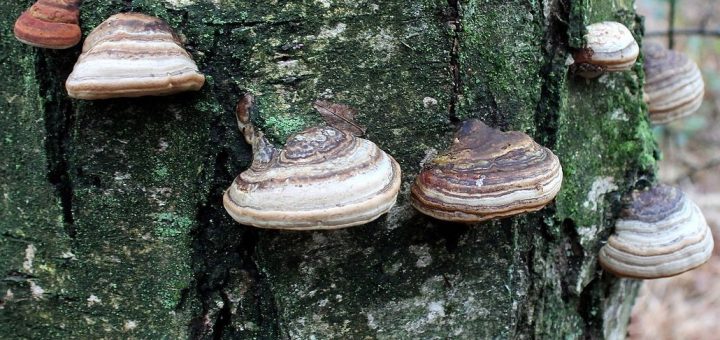
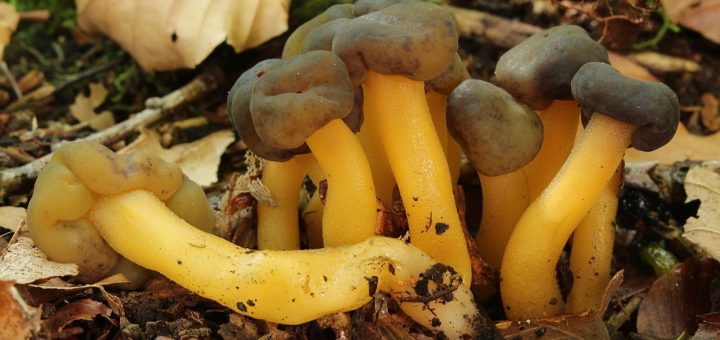
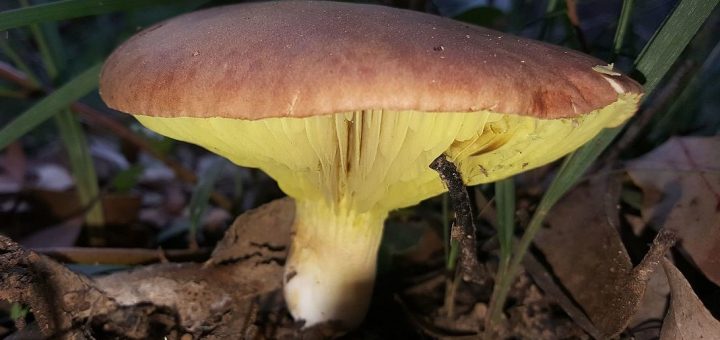
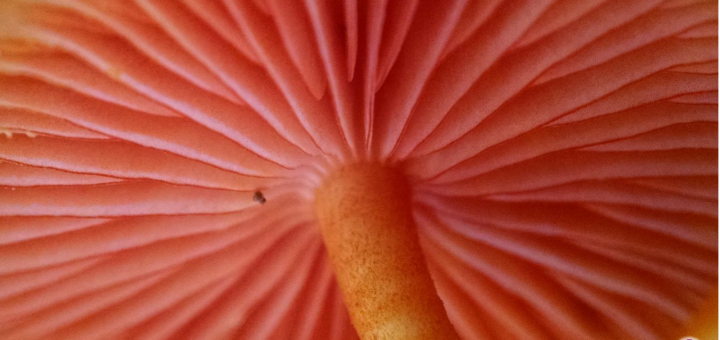
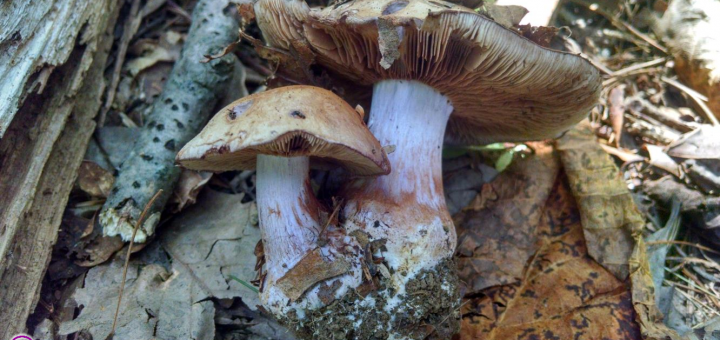
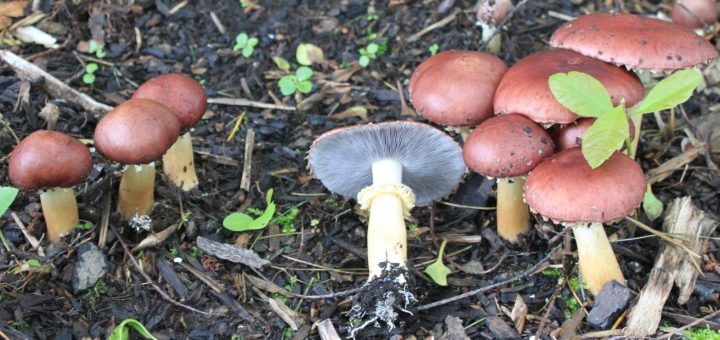





![#011: Characteristics of Kingdom Fungi [Archived]](https://www.fungusfactfriday.com/wp-content/themes/hueman/assets/front/img/thumb-small-empty.png)

